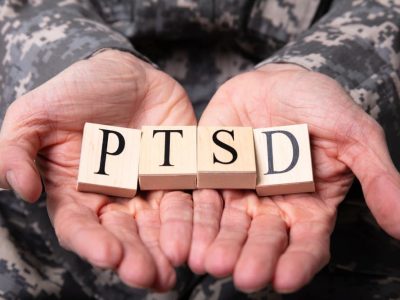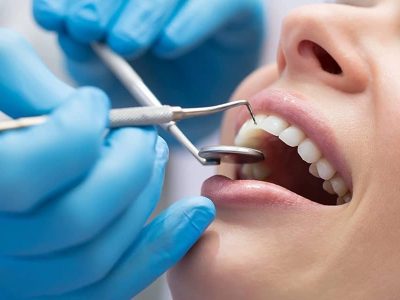Adolescence is a challenging period, not just for the teens themselves but also for their families. As adolescents navigate through various emotional, psychological, and behavioral issues, the need for specialized treatment becomes paramount. For some, inpatient care might seem too restrictive, and that’s where adolescent outpatient treatment can provide the necessary support. It allows teens to receive therapeutic care while maintaining their regular lives. So, what does a day in the life of an adolescent outpatient program look like? Let’s take a closer look.
- The Morning: Setting the Tone for the Day
A typical day in an adolescent outpatient program begins in the morning, often with a brief check-in between the adolescent and their therapist or counselor. The check-in can set the tone for the day, where the teen reflects on their emotions, challenges, and any progress they have made. These morning meetings are crucial for establishing trust and ensuring the adolescent feels supported. It’s also a time to discuss any recent events, thoughts, or behaviors that may need attention.
- Group Therapy: Connection Through Shared Experiences
One of the core components of adolescent outpatient treatment is group therapy. Group therapy helps adolescents realize they are not alone in their struggles. It fosters a sense of community and shared experience, which is crucial for healing. The group typically consists of other adolescents who are experiencing similar issues, such as depression, anxiety, or behavioral concerns.
Teenagers can talk about their feelings, thoughts, and experiences in a safe and helpful setting during group therapy. Group discussions are led by a trained therapist who guides the conversation, ensuring everyone has an opportunity to speak and engage. The therapist might introduce topics related to coping strategies, emotional regulation, and social skills, providing practical tools for everyday life.
- Individual Therapy: Focused, One-on-One Support
After group therapy, the teen typically engages in individual therapy with their assigned therapist. This one-on-one session allows the adolescent to delve deeper into personal issues that may not be appropriate to discuss in a group setting. Whether it’s dealing with family conflicts, trauma, or issues of self-worth, individual therapy provides a space for the teen to work through their thoughts and feelings with a trained professional.
In these sessions, the therapist may use various therapeutic techniques, such as cognitive-behavioral therapy (CBT), dialectical behavior therapy (DBT), or talk therapy, to address the adolescent’s unique needs. The goal of individual therapy is to help the adolescent develop coping mechanisms, build resilience, and improve their emotional regulation.
- Skill-Building Workshops: Learning Practical Coping Tools
Adolescent outpatient treatment programs often include skill-building workshops that focus on practical strategies to improve emotional health. The goal of these classes is to give teens useful tools they can use in their everyday lives. Topics might include stress management, anger management, healthy communication skills, and building self-esteem.
Teens learn how to apply these strategies to real-world situations, which helps them better manage the challenges they face outside of the therapy room. Workshops often incorporate role-playing activities, mindfulness exercises, and guided discussions to engage the teens actively.
- Family Involvement: Strengthening the Support System
Family involvement is a key element in adolescent outpatient treatment. Many programs offer family therapy sessions where parents and guardians can meet with the therapist and the adolescent to discuss progress, challenges, and ways to strengthen the family unit. The goal of these meetings is to help families talk to each other better, work on any underlying family issues that might be making the teen’s problems worse, and give the family the tools they need to help their teen.
Family involvement is vital in ensuring that the treatment continues outside of the program. It teaches families how to meet the wants of their teen, making the home a better place for everyone.
- The Afternoon: Reflection and Wrap-Up
As the day wraps up, teens in outpatient programs often participate in a final session where they can reflect on what they learned and how they are feeling. This time allows them to process the day’s events, share their reflections, and set goals for the next session. It’s a time for the teen to review their progress and ensure they feel ready to return to their daily life.
Conclusion
Adolescent outpatient treatment offers a flexible and effective way for teens to receive the care they need without removing them from their daily routines. Whether through group therapy, individual sessions, skill-building workshops, or family support, these programs provide a well-rounded approach to healing and growth. A typical day in an adolescent outpatient program is designed to help teens develop the tools and strategies they need to manage their emotions, overcome challenges, and ultimately thrive in their everyday lives.








Comments